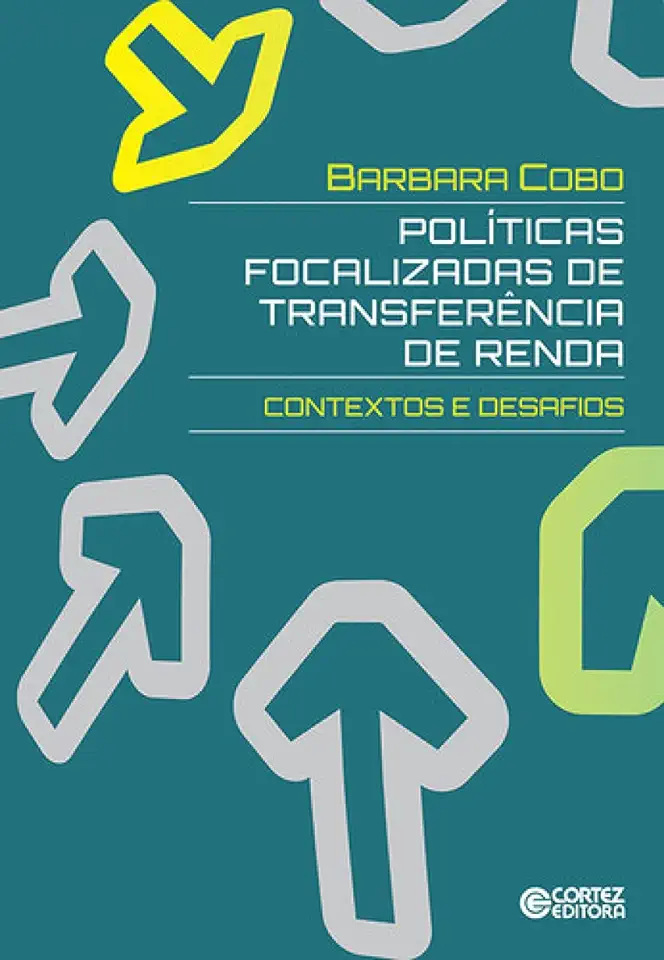
Targeted Cash Transfer Policies: Contexts and Challenges - Barbara Cobo
Targeted Cash Transfer Policies: Contexts and Challenges - Barbara Cobo
Introduction
Targeted cash transfer (TCT) policies are a form of social protection that provides cash transfers to poor and vulnerable households. TCTs are increasingly being used in developing countries as a way to reduce poverty and improve well-being.
This book provides a comprehensive overview of TCT policies, from their design and implementation to their impact on poverty and inequality. It draws on evidence from a wide range of countries and contexts, and offers insights into the challenges and opportunities of using TCTs to achieve social protection goals.
Key Findings
The book finds that TCTs can be an effective way to reduce poverty and improve well-being. However, the impact of TCTs depends on a number of factors, including the design of the program, the targeting mechanisms used, and the context in which the program is implemented.
Some of the key findings of the book include:
- TCTs can reduce poverty and improve household consumption.
- TCTs can have a positive impact on child health and education.
- TCTs can empower women and increase their decision-making power.
- TCTs can help to reduce inequality and promote social inclusion.
Challenges and Opportunities
The book also identifies a number of challenges and opportunities associated with the use of TCTs. Some of the challenges include:
- The high cost of TCTs can make them difficult to scale up.
- TCTs can be difficult to target effectively, and there is a risk of excluding the poorest and most vulnerable households.
- TCTs can create dependency and reduce the incentive to work.
Despite these challenges, TCTs offer a number of opportunities for improving the lives of poor and vulnerable households. Some of the opportunities include:
- TCTs can provide a safety net for the poor and vulnerable during times of crisis.
- TCTs can help to promote economic growth by increasing household consumption and investment.
- TCTs can empower women and increase their decision-making power.
- TCTs can help to reduce inequality and promote social inclusion.
Conclusion
The book concludes that TCTs can be an effective way to reduce poverty and improve well-being. However, the impact of TCTs depends on a number of factors, including the design of the program, the targeting mechanisms used, and the context in which the program is implemented.
The book provides a valuable resource for policymakers, practitioners, and researchers who are interested in using TCTs to achieve social protection goals. It offers a comprehensive overview of the evidence on TCTs, and identifies the challenges and opportunities associated with their use.
Why You Should Read This Book
This book is a must-read for anyone who is interested in social protection and poverty reduction. It provides a comprehensive overview of TCT policies, from their design and implementation to their impact on poverty and inequality. The book draws on evidence from a wide range of countries and contexts, and offers insights into the challenges and opportunities of using TCTs to achieve social protection goals.
If you are a policymaker, practitioner, or researcher who is interested in using TCTs to improve the lives of poor and vulnerable households, this book is an essential resource. It will provide you with the knowledge and tools you need to design and implement effective TCT programs.